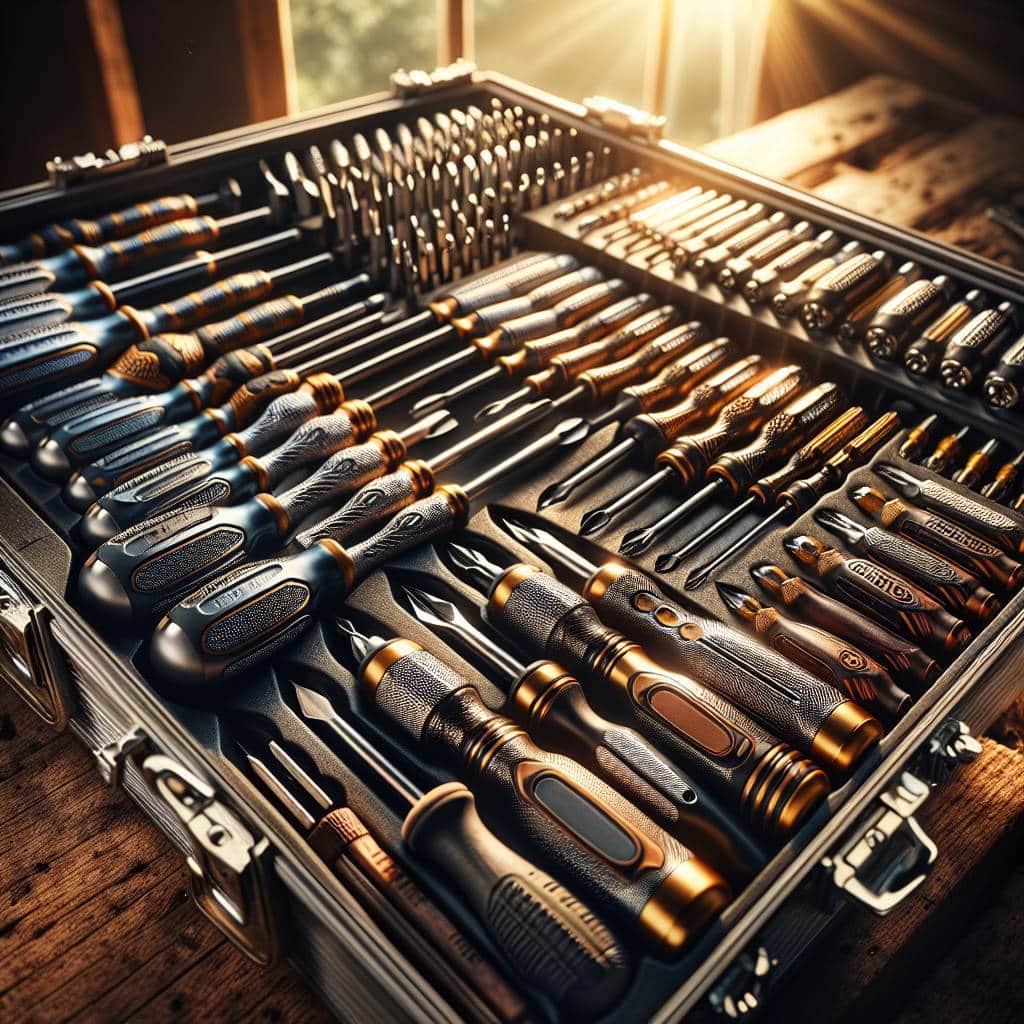I’ve spent more time than I care to admit digging through my toolbox like a raccoon in a trash can, wondering why I own so many screwdrivers. It’s like a museum of useless metal sticks, with exhibits that haven’t seen light since I bought them on a whim. You know the ones: the obscure Torx that you swore you’d need one day or the precision set gathering dust like they’re holding out for an invitation to a watchmaker’s guild. I’ve got screwdrivers that have never seen a screw, and that’s a crime against good tools, my friends.

But here’s the deal: not all screwdrivers are couch potatoes. Some are the real workhorses of the tool world, and I’m here to help you separate the wheat from the chaff. We’ll dive into the nitty-gritty of Phillips and flatheads, and I’ll even make a case for why you might actually need that magnetic tip you scoffed at last Christmas. Let’s strip this down to the essentials and give you the lowdown on which ones deserve a spot in your toolbox hall of fame.
Table of Contents
My Unrequited Love Affair with the Elusive Phillips
There’s a certain romance to a Phillips screwdriver that I can’t shake, despite its elusive nature. It’s like that one crush you can’t get over because they promise the world but often leave you struggling. Phillips heads are supposed to grip better, offering a snug fit that flatheads can only dream of. But in practice? It’s a dance of slipping and stripping, a delicate waltz where you wonder if you’re the one doing it wrong. You see, the Phillips was born from a need for precision, to prevent over-tightening back in the days of early assembly lines. Yet here I am, in my workshop, cursing softly under my breath as the tip skids off the screw head like a dancer who’s had one too many.
And maybe that’s why I keep coming back to it—because it mirrors the unpredictability of life itself. Just when you think you’ve got it all figured out, the Phillips throws a curveball. It’s not like the trusty flathead, which is as straightforward as a steel beam, or the Torx, which clings like it’s auditioning for a role in a romance novel. No, the Phillips is a lesson in humility and patience, a reminder that even the most well-intentioned designs can leave you in a bind. It’s a reminder that the right tool is only as good as the hand that wields it—or in my case, the hand that occasionally hurls it across the garage in frustration. Still, the allure persists. Because despite its quirks, there’s a beauty in the challenge—a challenge that keeps this love affair alive, even if unrequited.
The Gospel According to Screwdrivers
In the world of screwdrivers, the Phillips and flathead are the workhorses, like old friends who always show up when the engine stalls. The Torx and precision types are the specialists, called in for those moments when you need a surgeon, not a sledgehammer.
The Toolbox and the Tales it Tells
So here’s where I land after all these years wrestling with screwdrivers—each one tells its own little story. The Phillips, reliable as a sunrise, is like an old friend who never lets you down. Flathead? It’s stubborn but sometimes that’s exactly what you need to crack open the tough stuff. Then there’s Torx, precision incarnate, making you feel like a precision engineer when you’re really just hanging a shelf. Magnetic tips, too—they’re the unsung heroes when your hands are full, catching screws like little metal dreams just before they hit the floor.
But the real lesson here? It’s not just about the tools themselves. It’s about knowing when to reach for which one, understanding that the right tool can turn a frustrating slog into a smooth ride. We all have our favorites, sure, but keep the whole gang in mind. A well-stocked toolbox is like a well-tuned engine—each part working together to keep you moving forward, even when the road gets rough. So next time you crack open that box of metal sticks, remember: you’re not just fixing what’s in front of you. You’re adding another chapter to the story of your own hands, your own life, and the lessons you choose to learn.